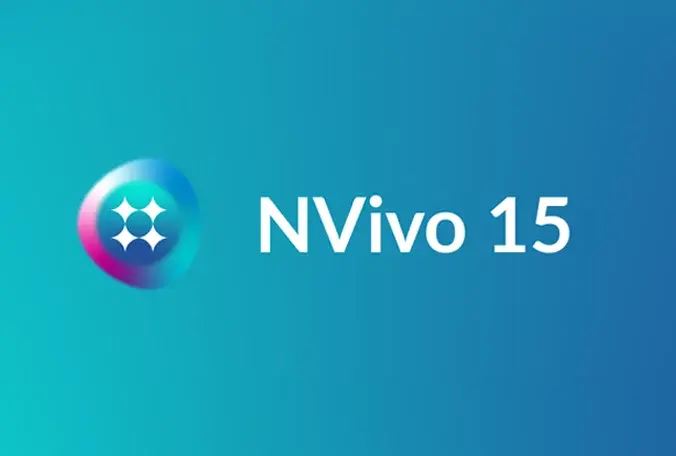How Secure Is Your Research Data? What to Look for in a Transcription Provider
- Claude Annoh
- Apr 21
- 3 min read
If you're working on academic research, especially interviews or focus groups, chances are you’re handling some pretty sensitive information. Whether it's personal stories, health-related details, or anything shared under confidentiality, you have a responsibility to protect that data.
But what happens when you send your recordings out for transcription?
That’s a step where things can get a little risky if you’re not careful. Not all transcription services treat data security with the seriousness it deserves. And if you're dealing with IRB-approved research or private participant info, even a small slip can have big consequences.
So before you upload anything, it’s worth asking: How secure is this transcription service?
Let’s go over what to look for when choosing a transcription provider for academic research.

1. HIPAA and GDPR Compliance
If your project involves health-related data, your transcription provider should be compliant with HIPAA (for the U.S.) and GDPR (if you’re working with participants from the EU).
Some key things to ask:
Do they sign Business Associate Agreements (BAAs)?
Is your data encrypted when it's stored or transferred?
What does their deletion policy look like?
For example, at Qualtranscribe, we follow both HIPAA and GDPR standards. That’s why researchers at universities like UCSF and Johns Hopkins trust us with their data.
2. They Should Sign NDAs
Trust is a big deal in research. If your participants gave you their stories or insights in confidence, that trust should continue when the files leave your hands.
A good transcription provider will:
Have every transcriber sign a Non-Disclosure Agreement
Limit access to your files
Use trained human professionals who understand how to handle sensitive content
3. Secure File Upload and Delivery
You shouldn’t be emailing sensitive recordings as attachments or dropping them into open file-sharing links. That’s a huge security risk.
Look for services that give you:
A secure upload portal
Encrypted file storage
Password-protected delivery when your transcripts are ready
At Qualtranscribe, we provide a secure portal where you can safely upload and download files without worrying about who might see them.
4. Know Who’s Doing the Transcription
AI transcription tools are everywhere these days, but not all of them are safe. When your audio is processed by automated systems without clear data controls, it can end up in places you didn’t intend.
That’s why it’s often better to go with human transcriptionists, especially for academic research. They’re more accurate, more secure, and better at picking up context and nuance.
5. Data Retention Policies Matter
Ask your provider:
How long will they keep your files?
Can you ask for your files to be deleted early?
Do they have options to anonymize transcripts?
Some services keep files for months. Others, like us, offer shorter retention times and make deletion easy once you're done with your project.
6. Approved by Your University
Many universities require transcription vendors to go through security checks. If your school asks for paperwork or security assessments (like HECVAT forms), your provider should be ready for that.
At Qualtranscribe, we’ve worked with institutions like Texas A&M, UCSF, and more. We know how to meet those requirements so you can stay compliant.
So, Is Your Data Really Safe?
Transcription might seem like a small step in the research process, but when it comes to privacy and security, it's a big deal. Choosing a provider that takes your data seriously means protecting your participants, your research, and your institution.
If you're not sure, ask questions. A good provider will always be clear about how they keep your information safe.
Looking for a Secure Transcription Service?
At Qualtranscribe, we specialize in secure, human transcription for academic research. We’re HIPAA-compliant, GDPR-aligned, and IRB-friendly. Whether it’s interviews, focus groups, or clinical notes, we help researchers turn audio into clean, accurate, and confidential transcripts.


